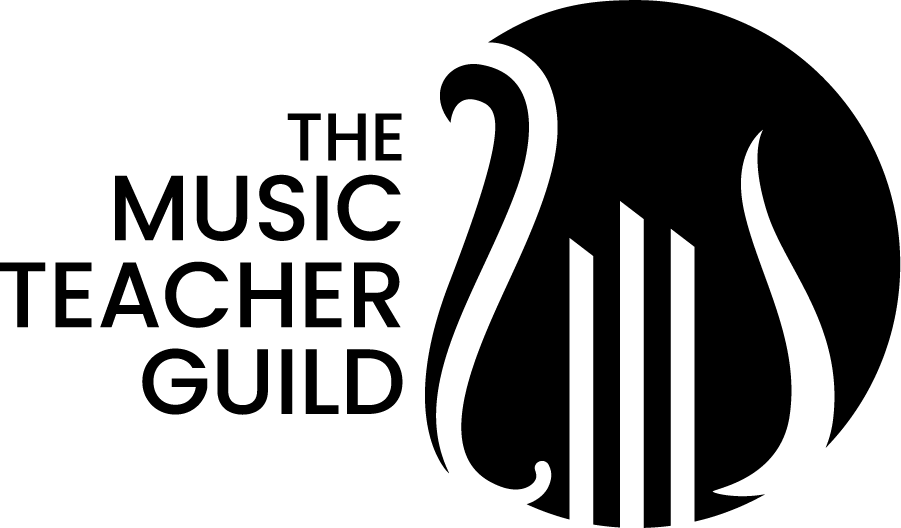Strategies for Interdisciplinary Collaboration in Music Education
Imagine a classroom where students are not only learning about the rhythm of a song but are also seeing the mathematical patterns that drive it. Picture students collaborating to compose a musical piece inspired by historical events or literary themes. In today's education landscape, the push for interdisciplinary collaboration brings a fresh, engaging perspective to music education. By blending subjects, music teachers can open doors to more profound learning experiences, where music becomes a way to explore culture, history, and the sciences. Here, we’ll dive into strategies that empower music educators to create these rich, collaborative learning environments.
Interdisciplinary collaboration in music education is transforming the way students experience learning. By integrating music with other subjects, educators can deepen students' understanding of both music and the interconnected world around them. Let’s explore strategies that will help music teachers create meaningful, cross-disciplinary partnerships within their schools.
What is Interdisciplinary Collaboration in Music Education?
Interdisciplinary collaboration in music education involves creating connections between music and other subjects. For instance, a music teacher might partner with a history teacher to explore the music of a specific time period, allowing students to understand how societal events influenced composers and music trends. Or, in a science collaboration, students could examine the physics of sound waves through musical instruments. These collaborations broaden students' perspectives, making learning both relevant and dynamic.
Key Strategies for Effective Collaboration
Building Partnerships with Other Departments
Start by reaching out to colleagues in other departments, such as history, literature, or art. Often, teachers in these subjects are eager to find creative ways to enhance their lessons. For example, a literature teacher could coordinate with a music educator to explore storytelling in operas or musicals, allowing students to analyze text and music together.
Creating Thematic Units
Thematic units are an excellent way to tie multiple disciplines together under one theme. For example, a music unit on jazz could involve history lessons on the Civil Rights Movement, social studies discussions on cultural exchange, and English assignments analyzing jazz-inspired poetry. By creating a cohesive unit that incorporates music, history, and language arts, students gain a deeper understanding of jazz’s role in American culture.
Utilizing Cross-Disciplinary Skills and Goals
When planning collaborative projects, consider aligning music skills with broader educational goals such as critical thinking, problem-solving, and creativity. For instance, you could introduce composition projects that require students to create music that reflects the themes of a novel they’re reading in their English class. This kind of activity not only enhances musical knowledge but also promotes literary analysis and creativity.
Encouraging Student-Led Projects
Giving students the freedom to lead interdisciplinary projects fosters curiosity and self-directed learning. Encourage students to propose projects that merge their interests in music with another subject area. For instance, a student interested in environmental science might compose a piece inspired by natural sounds or environmental themes, while another interested in math could create rhythm patterns based on mathematical sequences. Student-led projects often produce highly personalized, engaging work that reflects students' diverse interests.
Challenges in Interdisciplinary Collaboration and How to Overcome Them
Collaborating across disciplines isn’t without challenges. Common barriers include scheduling conflicts, limited resources, and the need for alignment across different teaching goals. To overcome these challenges, communication is essential. Consider holding regular planning meetings with other teachers to align your goals and plan interdisciplinary units. Additionally, look for grants or school funding opportunities specifically for collaborative projects, as these can provide the resources you need to bring your interdisciplinary ideas to life.
Conclusion
Interdisciplinary collaboration can enhance both teaching and learning experiences, making music education more relevant and impactful. By forming partnerships, creating thematic units, and encouraging student-led exploration, music teachers can bring a new dimension to their classrooms. If you’re a music educator, consider experimenting with these strategies to see how they can elevate your students’ learning journey. With collaboration, music becomes not just a subject but a bridge to broader learning.

